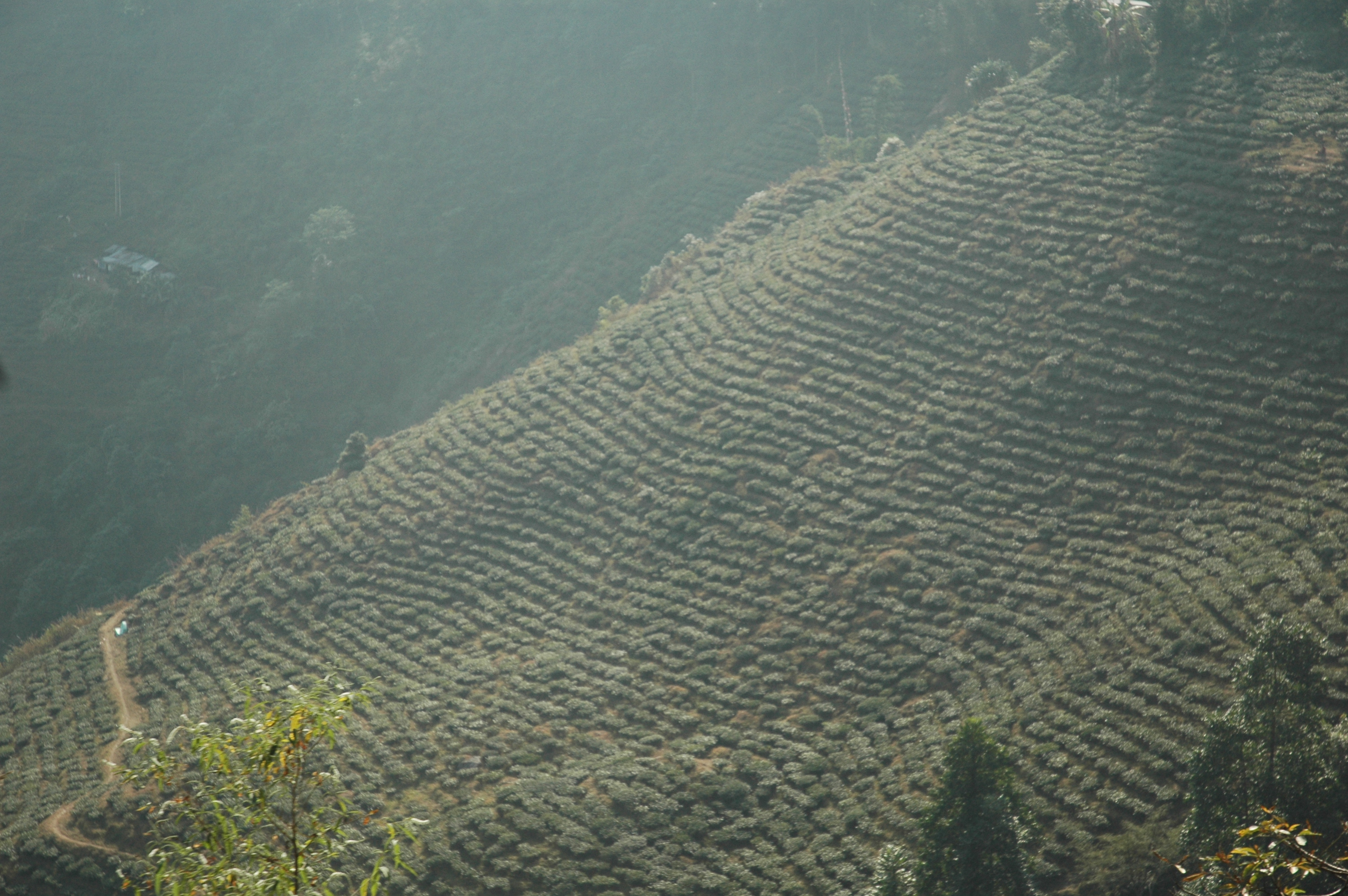Introduction
Hojicha holds a distinctive place in Japanese tea culture, offering a unique contrast to the bright green hues of traditional teas like sencha and matcha. Its origins date back to Kyoto in the early 20th century, where tea merchants began roasting lower-grade green tea leaves, stems, and twigs over charcoal to create a warm, smoky aroma and reddish-brown infusion. Today, hojicha is widely enjoyed for its smooth, nutty flavor and naturally low caffeine content, making it an ideal choice for evening relaxation or a comforting drink for all ages. Beyond Japan, its popularity has grown internationally, finding a place in specialty cafés and modern culinary creations, from hojicha lattes to desserts, where its naturally sweet, roasted notes complement creamy and rich flavors. As interest in Japanese teas continues to expand worldwide, hojicha stands out for its versatility and unique roasting process, appealing to both traditional tea drinkers and contemporary enthusiasts alike.
The Essence of Hojicha
Hojicha is a distinctive Japanese green tea that undergoes a unique roasting process, transforming its leaves from their original green state to a characteristic reddish-brown color.
The traditional roasting process involves exposing the tea leaves to high temperatures between 150°C to 200°C (302°F to 392°F). Historically, this was done in small batches using iron pots over direct heat, with tea masters carefully controlling temperature and timing. Today, rotary roasters are used for larger quantities, ensuring even heat distribution and consistent roasting, which enhances the tea’s smoothness while deepening its caramelized and nutty flavors compared to traditional roasting methods.
During roasting, a crucial chemical process called the Maillard reaction occurs between amino acids and reducing sugars in the tea leaves. This reaction is responsible for the browning of the leaves and development of complex flavors. The heat processing reduces the levels of catechins, resulting in lower astringency compared to other green teas like Sencha or Matcha, creating a smoother, milder taste.
The roasting process creates various aroma compounds, including pyrazines and furans, which contribute to hojicha’s distinct roasted, earthy aroma and its signature toasty and slightly sweet scents.
From Green to Brown: The Roasting Magic
The transformation of hojicha begins with fresh green tea leaves that undergo a carefully controlled roasting process. The leaves start their metamorphosis at around 150°C, where they begin to release their moisture and slowly darken. As temperatures climb to 180-200°C, the leaves develop their characteristic reddish-brown color and rich aroma.
Temperature stages affect the leaves in distinct ways:
- 150-160°C: Initial moisture release and leaf softening
- 160-180°C: Color transformation begins, aroma compounds develop
- 180-200°C: Full color change and flavor compound formation
- Above 200°C: Risk of burning (avoided in production)
Green Tea Leaves → [Heat Chamber 150°C]
↓
[Rotation Phase]
↓
[Peak Heat 180-200°C]
↓
[Cooling Chamber]
↓
Roasted Hojicha
Flavor Profile and Characteristics
Hojicha’s distinctive flavor profile emerges from its unique roasting process, where the controlled application of heat caramelizes natural sugars and alters the tea’s chemical composition. This process enhances its signature toasted, caramel, and woody notes, creating a depth of flavor that distinguishes it from other green teas. The tea offers a warming character that sets it apart from traditional green teas.
| Aspect | Description |
|---|
| Aroma | Roasted nuts, caramel, smoky wood |
| Taste | Sweet, toasted grains, mild umami |
| Mouthfeel | Smooth, round, minimal astringency |
| Finish | Clean, slightly sweet, lingering warmth |
Optimal Brewing Parameters
- Water Temperature: 85-90°C (185-194°F)
- Steeping Time: First infusion 30-45 seconds
- Leaf-to-Water Ratio: 1.5g per 100ml
- Multiple Infusions: 2-3 times, adding 15 seconds per subsequent steep
Brewing the Perfect Cup
The perfect cup of hojicha requires precise temperature control and careful attention to brewing parameters. Water quality significantly impacts the final taste, so filtered water is recommended.
Instructions:
- Heat water to 85-90°C (185-194°F)
- Measure 1.5g of hojicha per 100ml of water
- Warm the teapot or cup with hot water
- Discard warming water
- Add measured tea leaves
- Pour heated water over leaves
- Steep for 30 seconds
- Pour tea through a strainer into cups
Conclusion
Hojicha stands out in the world of Japanese teas through its distinctive roasting process, which results in a smooth, richly toasted flavor profile. Its versatility shines through in various preparation methods, from traditional hot brewing to modern culinary applications in lattes and desserts. The low caffeine content makes it accessible to tea enthusiasts at any time of day, while its rich cultural heritage adds depth to every cup. Whether you’re new to Japanese teas or a seasoned enthusiast, hojicha offers a welcoming gateway to explore the warming, comforting side of tea culture.
Frequently Asked Questions
Q: How much caffeine does hojicha contain compared to other teas?
A: Hojicha contains significantly less caffeine (7-10mg per cup) compared to regular green tea (25-35mg) or black tea (40-50mg). The roasting process naturally reduces caffeine content.
Q: What makes the roasting process unique?
A: Hojicha is roasted at 150-200°C in a special roasting process that transforms regular green tea leaves into reddish-brown leaves with a distinctive toasted flavor. This process reduces caffeine and creates new flavor compounds.
Q: How long does hojicha stay fresh?
A: Properly stored hojicha remains fresh for up to one year unopened, and 2-3 months once opened. Store in an airtight container away from light, heat, and moisture.
Q: What’s the best way to brew hojicha?
A: Use water at 85-90°C (185-194°F), steep for 30 seconds using 1.5g of tea per 100ml of water. The tea can be steeped multiple times, adding 15 seconds for each subsequent infusion.
Q: What are the main health benefits of drinking hojicha?
A: Hojicha contains antioxidants, promotes relaxation through L-theanine, and supports digestion. Its low caffeine content makes it suitable for evening consumption.



